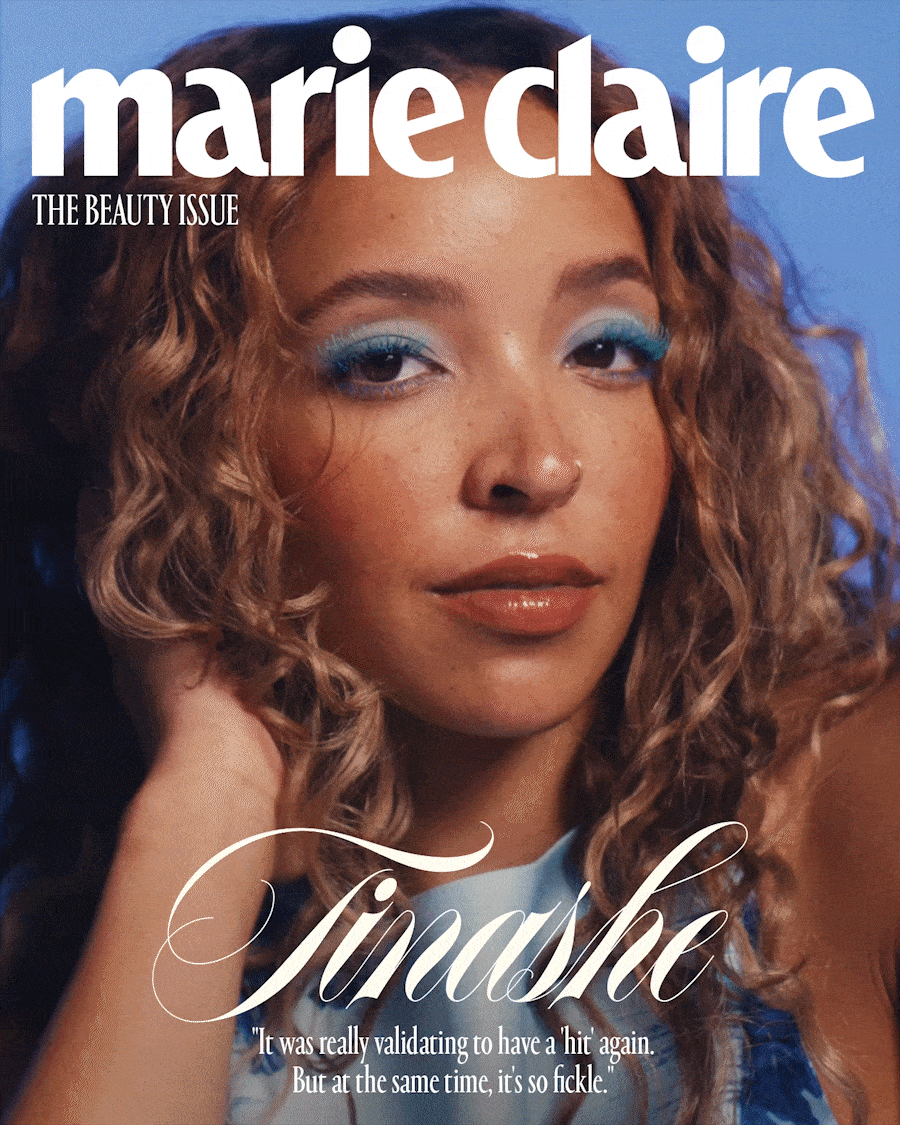The Next Era of K-Beauty Is About More Than Just Skincare
22 new formulas defining the trailblazing category, according to one writer who traveled to Seoul in the name of research.
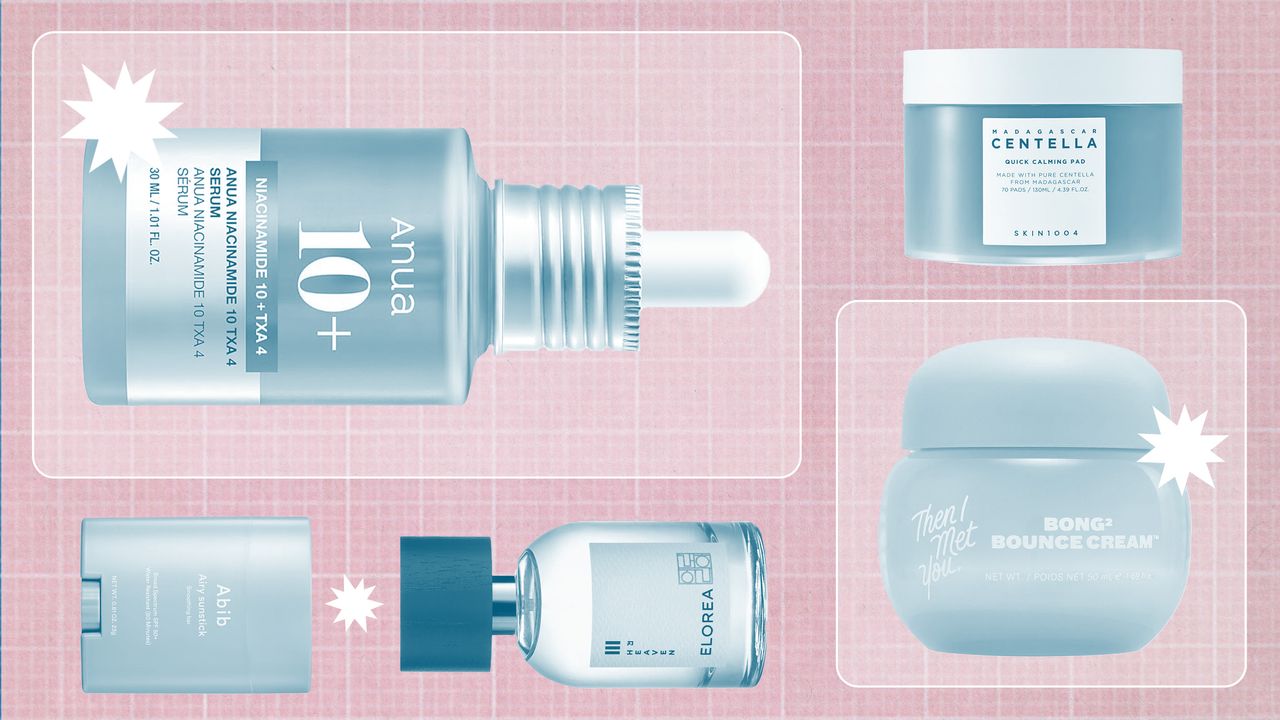
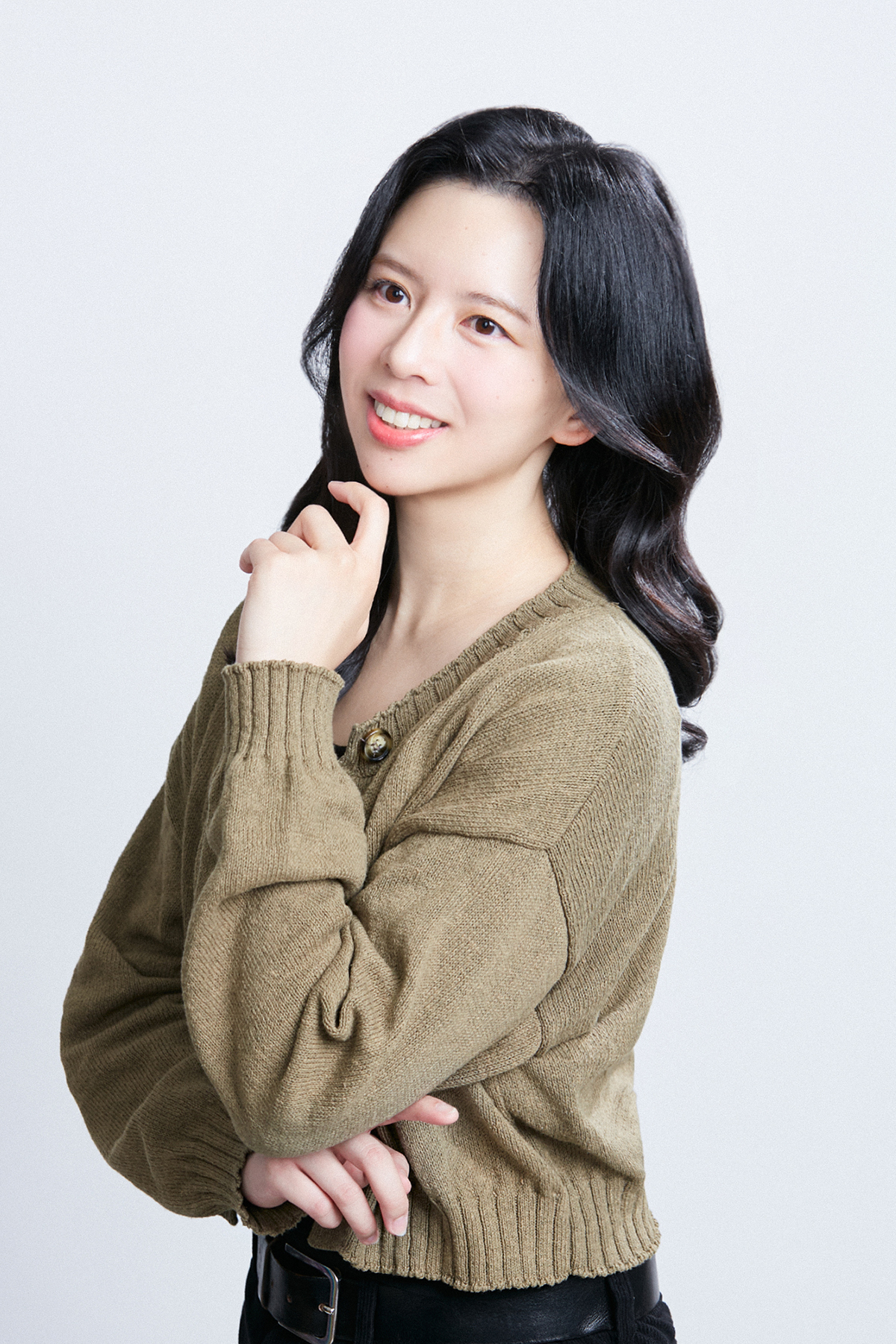
It’s a Tuesday night in the early 2010s, and you’re trying your new snail mucin serum after a thorough double cleanse. You have a sheet mask on deck to nourish your skin and leave you with that telltale “glass skin” glow. There are other products scattered around your sink, about a dozen of them. That was the overnight effect K-Beauty had when it entered the U.S. market in 2011. Products like gunk-absorbing pimple patches and night repair ampoules felt novel, and K-Beauty’s ability to deliver on its promises turned what could have been a passing trend into a lasting, lucrative category.
Fast forward to 2025 and K-Beauty seems to be bigger and better than ever before. Legacy brands like CosRx and Sulwhasoo have been part of my routine for years. But recently I noticed innovative technology and intriguing ingredients from unfamiliar K-Beauty brands, like Medicube, fwee, and Beauty of Joseon, pop up on my TikTok FYP. So I did the only logical thing and spent three months in Seoul last year, stalking the shelves of Olive Young (South Korea’s leading beauty retailer), interviewing experts at Amorepacific and LG H&H (South Korea’s major beauty conglomerates), and meeting with various Internet-famous brands.
What I found was an industry in the midst of an exciting evolution, with K-Beauty companies expanding beyond skincare to innovate in every beauty category. “It’s now making significant strides into makeup, fragrance, and haircare,” says Charlotte Cho, cofounder of Soko Glam and Then I Met You. The most obvious example is makeup. Take TIRTIR, the brand that went viral for expanding its red cushion foundation to 40 shades, a move applauded by creators of color including MissDarcei and Golloria. In a market previously known for producing three, maybe four shades of foundation, it’s a sign that Korean brands are now considering a wider, more global audience.
More inclusive makeup and haircare options aren’t all that’s changed. Korean skincare, the cornerstone of the industry, continues to make rapid advancements. Cho notes that brands now “blur the lines between clinical treatments and at-home skincare” with ingredients like PDRN, an ingredient derived from salmon DNA that was “previously available only through injectable treatments," now available in over-the-counter beauty products.
There’s plenty more to get excited about—even if you’re 500 videos deep in KBeautyTok and think you’ve seen it all. To make it easier to sort through a, frankly, overwhelming number of launches, I tested over 150 products, so you don’t have to. Below, the 22 Korean skincare, makeup, haircare, fragrance, and nail favorites leading the way.
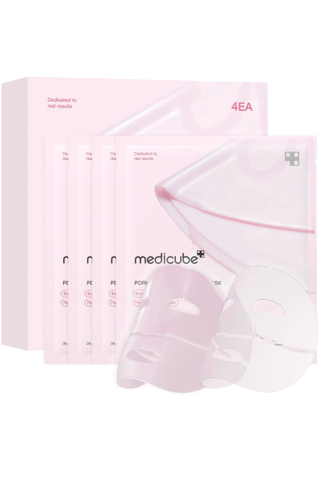
Confession: I toss and turn too much to actually sleep in this overnight gel mask from Medicube. Instead, I leave it on for a few hours while I bed-rot or watch Netflix on weekends and let it work its magic. I love the genius inclusion of PDRN and the way the mask is cut to cling perfectly to my face until it hardens enough to lift off, leaving my skin with a glassy glow.
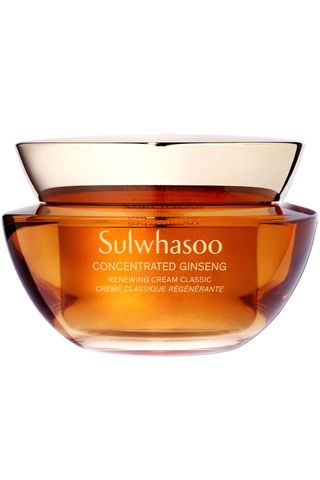
Sulwhasoo earned prime real estate on my bathroom counter long before K-Beauty 2.0 rolled around. Cloud-like, packed with ginseng, and seriously effective, this recently launched moisturizer gets to work plumping and brightening my complexion instantly.
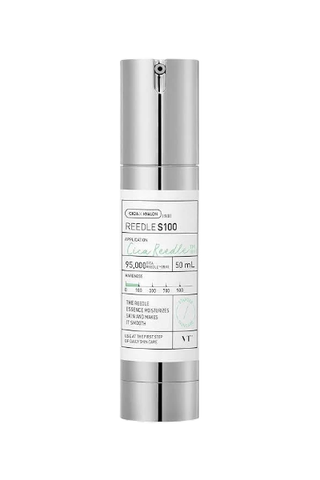
From spring to fall, this microneedling serum stayed in trend (and sold out) at every Daiso I visited. The spicules in the formula definitely prickle so it’s not my top pick for sensitive skin, but Amazon reviewers are obsessed with the smoothing effect—and it’s beloved in South Korea as well.
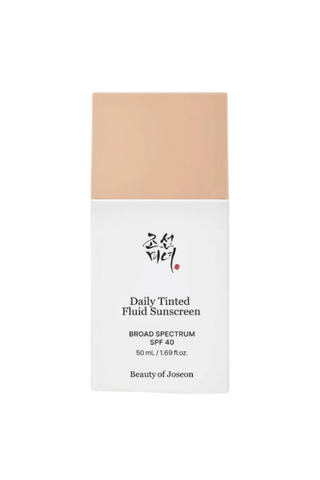
Beauty of Joseon’s Relief Sun—aka the sunscreen that launched a thousand TikToks—is as intensely moisturizing as everyone says. It’s also—sadly—no longer available in the U.S. due to its use of non-OTC Korean sunscreen filters. For an FDA-compliant formula that’s just as good, you’ll love the newly launched Daily Tinted Fluid Sunscreen. I tested samples and can confirm the texture remains miraculously lightweight and the finish is neither too dewy nor too matte—a true feat considering its use of zinc oxide.
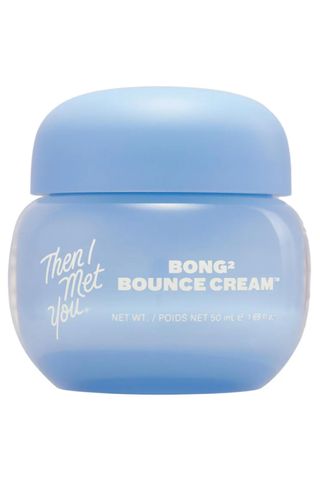
When Cho told me she had developed a barrier cream that would leave every other barrier cream I’d tried in the dust, I uncapped this golden gel with skepticism. I ended up emptying it in a month. It smells like juicy Hallabong, has the most refreshing texture, and brightens my complexion while remaining gentle enough for my sensitive skin.
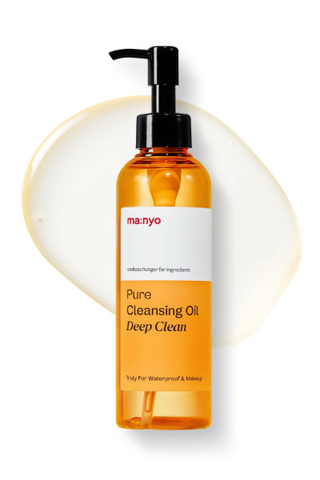
Ma:nyo’s cleansing oil is a famously steady seller in South Korea, and once I finally got my hands on a bottle, I understood the hype. But my favorite from the line has to be the Deep Clean edition, which feels extra lightweight and fresh—perfect if you’re not a fan of thicker, richer oil cleansers. It’s my shower staple for melting away both waterproof mascara and clearing my pores of blackheads.
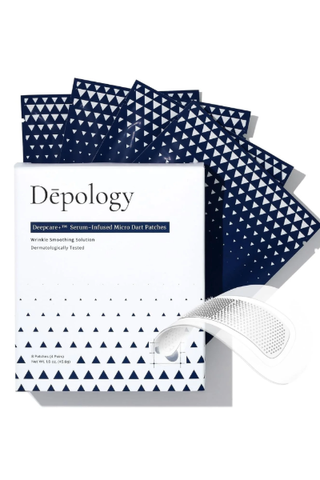
I thought I’d seen innovation when I first tried micro dart pimple patches, but these micro dart, serum-infused undereye masks were a truly novel find. They’re another product you can either sleep in or leave on for a couple of hours. The serum darts dissolve gradually and give my undereyes a smoothing refresh (a must for anyone as sleep-deprived as I am).
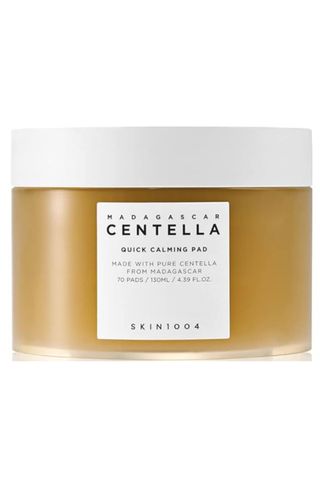
Skin1004 sounds like “skin angel” in Korean, and I feel extremely angelic wearing these toner pads while I do my morning beauty routine. I let them sit like mini masks so the soothing, refreshing essence can absorb. They hug my face without slipping off and have a calming effect that takes down any redness in my rosacea-prone mid-face.
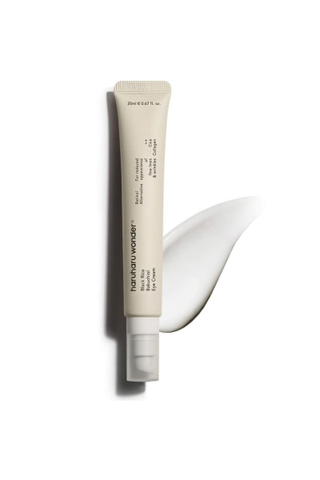
I’ve gone through at least five tubes of this silky, lightweight eye cream. It’s surprisingly affordable, so I have no qualms about getting backups for my backups. The formula features bakuchiol, a gentler alternative to retinol that can be used morning and night to help firm and smooth skin. It’s also magic under concealer, with no creasing or pilling in sight.
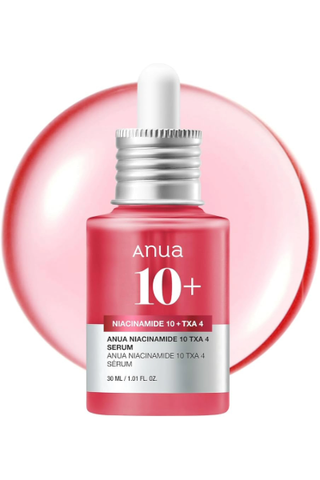
This bright pink serum was all over my TikTok, so naturally I had to pick up a bottle. If your skin plays well with niacinamide (mine does), it’s an excellent brightening formula for overall dullness and dark spots alike. I love to dab it on as a spot treatment over post-breakout pigmentation to help it fade faster.
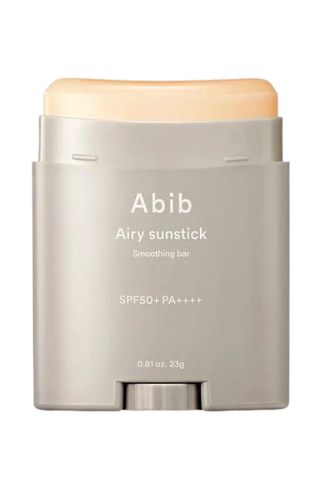
Cho put me on to this sculptural sunscreen stick, curved to fit the contours of your face with ease. Now I never leave the house without double checking it’s in my bag. There’s no white cast, it glides on buttery-smooth, and it doesn’t drag or disturb my makeup.
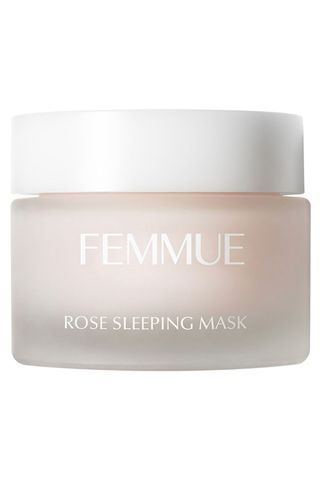
Niche brand Femmue formulates all of its skincare with flowers, and my favorite pick is this super decadent leave-on mask that smells like a bouquet of fresh-picked roses. The pale pink, bouncy gel sinks in quickly; it doesn’t mess up my pillowcase and always makes me feel like I just left the spa. I love a thick-ish layer of this in the winter for skin that’s baby-soft and bright by morning.
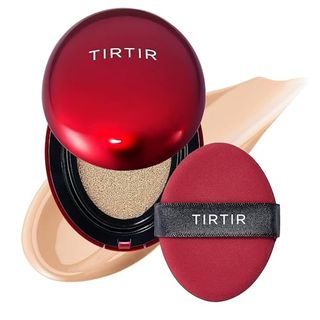
I love a lot of formulas from TirTir, like its dewy lip balms and Milk Skin Toner. But I really can’t name the brand and not mention its most viral launch: the signature red cushion that took over TikTok with its range of 40 shades, a rarity for K-Beauty. Mine is 21N, and if you’re new to cushions, the trick is to pat off the excess on the inner lid and bounce it on in the thinnest layers possible. Do it and you’ll achieve a natural, non-cakey finish that lasts and lasts.
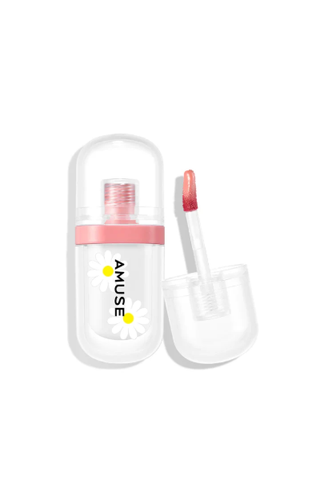
There’s no shortage of really good lip tints in K-Beauty. And while it’s tough for me to pick a favorite, Amuse’s popular Jel-Fit Tint is so smooth, light, and comfortable, it’s always in my makeup bag. I’m obsessed with the best-selling shade Seoul Girl, which makes my face look brighter and more awake—and also made me realize I’ve been doing my makeup in the wrong color family this entire time. (Note to self: I’m a cool tone.)
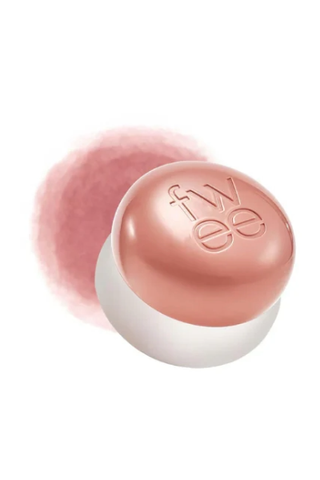
Fwee’s playful flagship in Seongsu (a popular neighborhood often referred to as the Brooklyn of Seoul) is always, always packed on weekends. Just like everyone else who visits, I love the Pudding Pots: bouncy, slightly mousse-y, matte tints for lips and cheeks with a beautiful blurred finish. You definitely want this set with the accompanying keyring, which lets you de-pot your favorite shades and clip them to your bag.
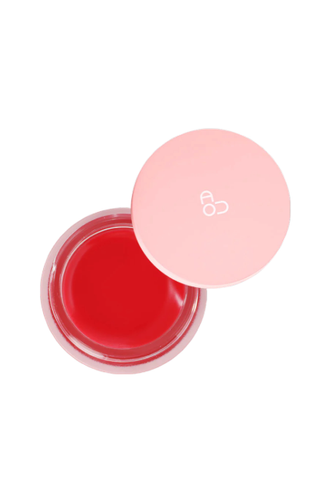
These hydrating tinted balms, spotted in the hands of Blackpink’s Jennie and actress Kim Ji Won, are so amazing, I bought one in every shade. They’re my ideal combination of translucent tint and intense hydration and give my lips the prettiest plumped-up, smooth finish. I keep all the shades on regular rotation, but if you made me pick just one, I’ve made the biggest dent in the juicy pink Bubble Balm.
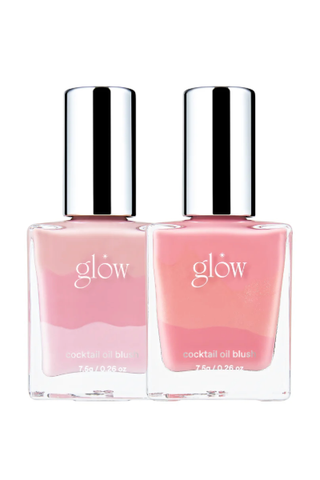
Is this the coolest blush I own? Yes, easily, no further questions. The triple-layer formula gives each shade a beautiful multidimensional depth. Don’t shake it up; just pull the brush through all three layers of color, then dot straight onto your cheeks and blend. It gives my skin the super dewy finish of my favorite cream or liquid blush, but with an even lighter, more comfortable formula.
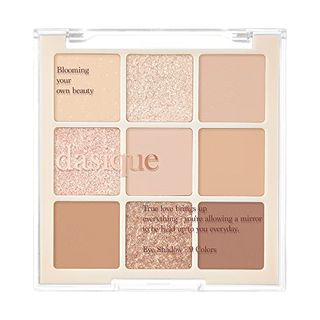
The Dasique flagship store in Seongsu is a makeup lover’s paradise, complete with a café upstairs that displays floral bread bouquets and rotating themed desserts that are almost too pretty to eat. Downstairs on a rainy day, the showroom is packed with customers lining up for bag charms and swatching eyeshadow palettes. I ended up taking a few home; my personal favorite is this Milk Latte edition. Like the other palettes, the glitters are smooth, the textures are blendable, and the final effect makes me look like I moonlight as a professional makeup artist.
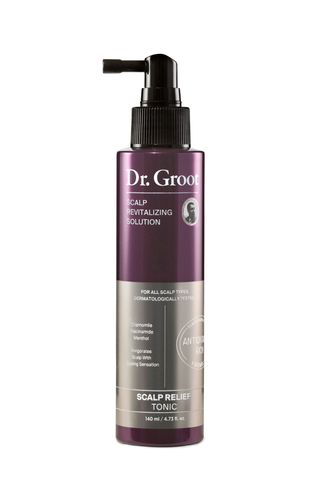
My favorite Seoul hairstylist Louis, owner of Luvoir salon in Gangnam, gave me the most refreshing scalp treatment with Dr. Groot’s popular lineup last year. They’ve been in my shower ever since. Try this leave-in scalp tonic after you shampoo. I spritz it on and massage it a few times a week and let the blend of chamomile, niacinamide, menthol, and rosemary oil go to work. It cuts down on flaking and itching and helps my hair look bouncier and healthier.
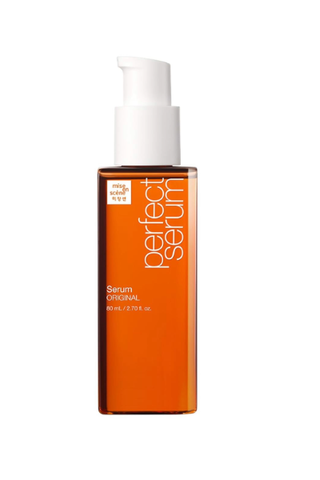
These iconic orange bottles were everywhere I went in Seoul, even crowding the supermarket shelves when I went to Emart. The formula smells subtly of warm, tropical florals and the texture is just perfect: halfway between a hair serum and a light oil. I only need a tiny pump, and a single application always leaves my hair impossibly glossy and soft without weighing it down. Bonus: It doubles as heat protectant.
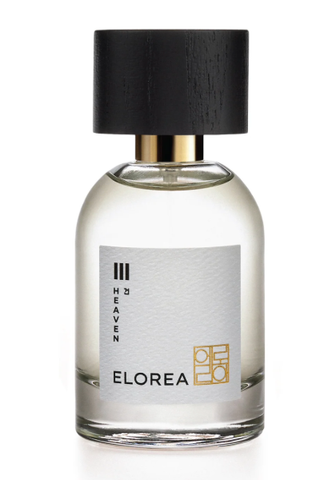
Each scent from the Korean fragrance brand takes inspiration from facets of Korean culture: ancient words, generational traditions, and the elements depicted on the South Korean flag. Of all the scents I’ve sampled, I’m stuck on Heaven, which smells fresh but not bland, sweet but never cloying.
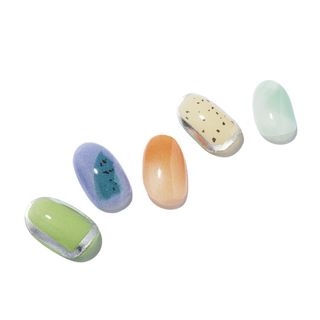
A tip: You don’t have to fly all the way to Seoul to get your hands on some very cute Korean nail art. On a recent trip, I tried these easy-to-apply gel nail strips that you trim to size and then cure with a UV lamp at home. The brand consistently drops new designs so see what speaks to your style, but definitely add this collaboration with Seoul nail artist @y_yjenny to your cart.
Stay In The Know
Get exclusive access to fashion and beauty trends, hot-off-the-press celebrity news, and more.
Sarah Y. Wu is a beauty editor, copy director, and consultant based in Berlin, Germany. She was previously the Beauty Features Editor at Teen Vogue, where she introduced the publication's annual Acne Awards franchise and launched its first-ever Asian Pacific American Heritage Month package. Her bylines have appeared on Forbes, Glamour, Allure, Vogue, Byrdie, Bustle, NYLON, PEOPLE, Women’s Health, WWD, and TZR. Sarah is also the contributing copy director at Milk Makeup and has crafted copy for some of your favorite brands, including Tata Harper, Hyper Skin, Ourself, Boy Smells, Gisou, Le Prunier, Glow Recipe, Dermstore, and Color Wow. See more of her work at sarahywu.com or find her on Instagram @say.wu.
-
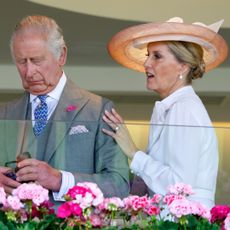 Why Duchess Sophie Allegedly Feels "Snubbed" by King Charles
Why Duchess Sophie Allegedly Feels "Snubbed" by King Charles"There should be an opportunity for Sophie to be allowed to do more," a royal expert claimed.
By Amy Mackelden Published
-
 Dua Lipa Swaps Her Valentino Dress for a Marni Mini Skirt
Dua Lipa Swaps Her Valentino Dress for a Marni Mini SkirtThe singer accessorized her outfits with more than $120,000 of jewelry.
By Amy Mackelden Published
-
 Harry Was Allegedly Crushed When William Received "Special Treatment"
Harry Was Allegedly Crushed When William Received "Special Treatment""Poor Harry's face across the table," Princess Diana's former butler recalled.
By Amy Mackelden Published
